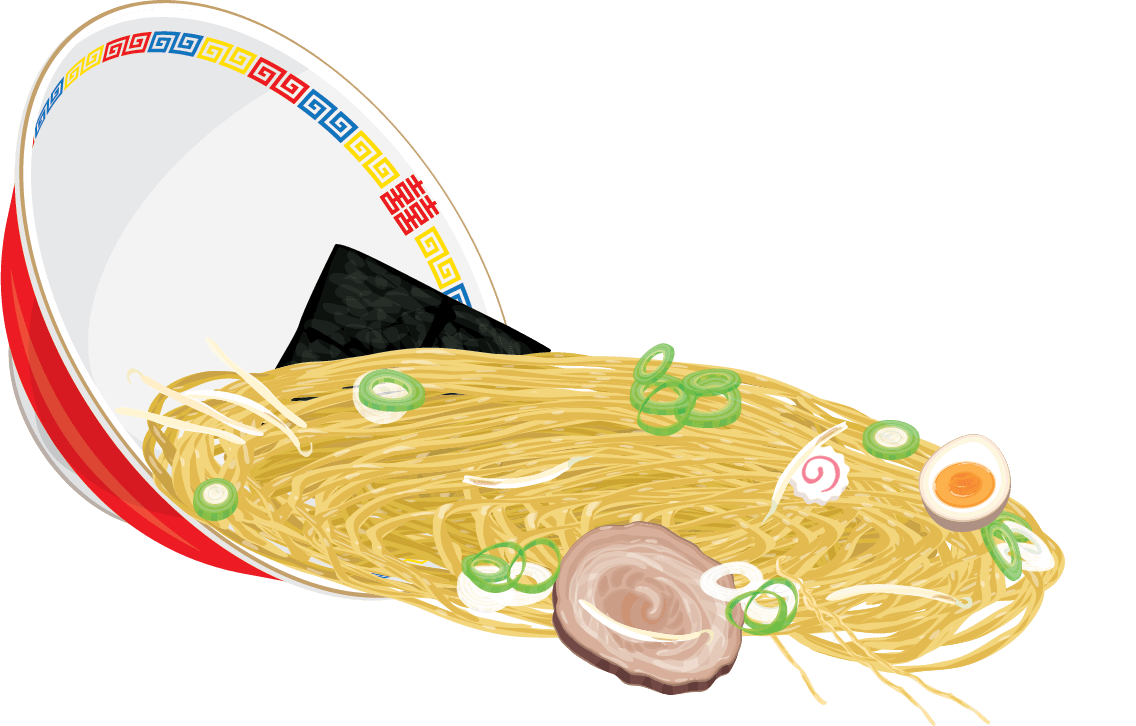Oops!
The BentoBox website you were looking for is not here. Please contact the restaurant directly via phone or email.
If you are the restaurant owner, please contact support@getbento.com
You will be redirected to eatlocalrestaurants.com to find other nearby restaurants in
10

